Last year, Edwards, Lee, and Esposito published an article in the Proceedings of the National Academy of Sciences where they found that 1 in 1,000 Black men and boys can be expected to be killed by police at some point in their lifetime; that Black males are 2.5 times more likely to be killed by police than white males; and that dying at the hands of law enforcement is a leading cause of death among young Black men. For some, these numbers were staggering; for others, they were not a surprise. As with all academic work, these findings were discussed briefly in the media and subsequently set aside as new, pressing issues captured the attention of the nation.
Recent events, including the tragic deaths of George Floyd and Breonna Taylor, have brought these numbers back into the national spotlight. Alongside careful work from other scholars, journalists, and activists, these estimates of racial disparities in police violence are now being used to motivate the need for significant, structural changes in how we go about policing communities. “Defund the police” initiatives and proposals for reparations that call for the redistribution of resources into investments in Black communities may offer a path forward, toward durable change.
As lawmakers and communities work through what reinvestment in Black communities entails, it is important to take stock of other institutions of oppression that impact the Black community. For example, we must consider the critical warning by Dorothy Roberts (professor of law and sociology at the University of Pennsylvania) that we must not render the defunding of police into increased investment in child welfare agencies that have historically surveilled and violently separated Black families.
Demography–or the scientific study of human populations–can help guide policy discussions around reinvestment. Demographers don’t just count, but instead make meaning from numbers; quantifying racial, social, and economic issues, and identifying potential solutions to these issues, is well within the realm of demography. W.E.B. Du Bois, a leading scholar in the fields of sociology and social demography in the United States, used demographic methods to describe racial disparities in economic and health conditions among African Americans in Philadelphia at the end of the 19th century. Du Bois used this seminal work and his demographic work that followed, as tools for progress. In his activism, he brought numbers to bear from his research in seeking justice and equality for African Americans through policy and practice. He eloquently describes his professional journey leading him to use his scholarship for policy and action in his autobiography.
“My real life work was done at Atlanta for thirteen years, from my twenty-ninth to my forty-second birthday. … I became widely-acquainted with the real condition of my people. I realized the terrific odds which faced them. … In Philadelphia I was their cold and scientific investigator, with microscope and probe. It took but a few years of Atlanta to bring me to hot and indignant defense. I saw the race-hatred of the whites as I had never dreamed of it before,—naked and unashamed! The faint discrimination of my hopes and intangible dislikes paled into nothing before this great, red monster of cruel oppression. I held back with more difficulty each day my mounting indignation against injustice and misrepresentation.”
― W.E.B. Du Bois, “Darkwater: Voices from Within the Veil,” 1920
Quantifying racial inequality
As demographers and policy researchers, we thought it would be helpful to share a few important numbers that detail the oppression that Black communities in the United States face today. We draw from the work of many scholars and journalists, but also include new evidence from a survey by the Social Policy Institute at Washington University in St. Louis. The survey interviewed 5,500 nationally representative respondents from all U.S. states from April 27, 2020 to May 12, 2020.
Below are the empirical “receipts” that we hope are considered in discussions regarding where and how to invest in Black communities. We begin here, but do not end here. Our hope is that others can add to and clarify these numbers in the future.
The demographic scope of Black crises is broad, involving not only institutions of justice but also those of education, housing, banking, health care, and social welfare. The numbers provided here only scratch the surface of the realities of racial inequality in the United States. As we begin to reimagine policing, dismantle systems of oppression, and reinvest resources into Black communities, we must use these numbers to help guide us.
Criminal justice contact
- 1 in 2 Black adults with a college degree or more have had a family member in jail or prison
- 1 in 3 Black men born in 2001 will spend time in prison in their lifetime
- 1 in 11 Black adults are currently under correctional control (in prison or on parole/probation)
- 1 in 230 Black youth are detained in juvenile facilities
- 1 in 1,000 Black men and boys will die at the hands of police
Economic security
- 1 in 2 Black adults have accrued credit card debt during the past three months
- 1 in 3 Black familes have zero or negative wealth
- 1 in 3 Black children live in poverty
- 1 in 5 Black borrowers are turned down for a conventional loan
- 1 in 6 Black adults were not able to pay a utility bill or paid a bill late in the past three months
- 1 in 7.5 Black adults have overdrafted their bank account in the past three months
- 1 in 7.5 Black adults have cut the size of their meals in the past three months
- 1 in 8 Black adults were not able to pay for a $400 emergency expense in the past three months
- 1 in 10 Black adults were not able to pay rent or mortgage in the past three months
- 1 in 10 Black adults have taken out a short-term payday loan in the past three months
Employment
- 1 in 2.5 Black adults were unemployed or temporarily furloughed on April 2020
- 1 in 6 Black adults have lost their job or income in the past three months
Health
- 1 in 2.5 Black women will die within five years of diagnosis of endometrial cancer
- 1 in 4 Black children born in 1990 will experience their father in prison in their lifetime
- 1 in 6.5 Black children have higher blood lead levels
- 1 in 7 Black children suffer from asthma
- 1 in 9 Black Americans aged 0 to 64 are uninsured
- 1 in 13 Black adults were not able to see a doctor or go to the hospital in the past three months because they could not afford it
- 1 in 13 Black adults were not able to fill or postponed filling a drug prescription in the past three months
- 1 in 90 Black babies will die before their first birthday
- 1 in 1,350 Black Americans have died of COVID-19
- 1 in 2,060 Black mothers will die while pregnant, during childbirth, or shortly thereafter
More
- 1 in 6.5 Black students are suspended
- 1 in 9 of Black children will enter foster care at some point before they turn 18
- 1 in 13 Black Americans of voting age are disenfranchised
- 8 in 10 Black adults with at least some college experience report having experienced racial discrimination, at least from time to time, including 1 in 6 who say this happens regularly
The Brookings Institution is committed to quality, independence, and impact.
We are supported by a diverse array of funders. In line with our values and policies, each Brookings publication represents the sole views of its author(s).
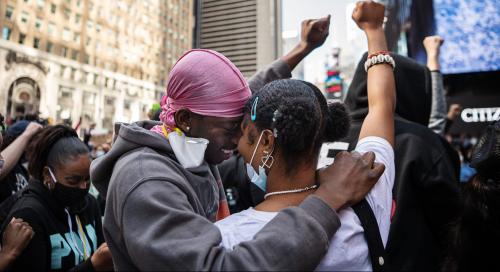
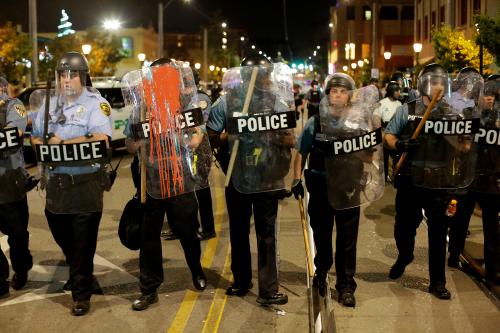
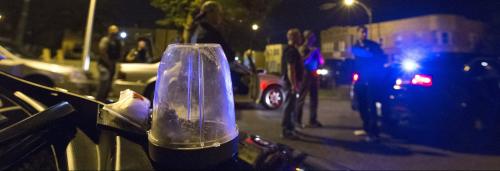
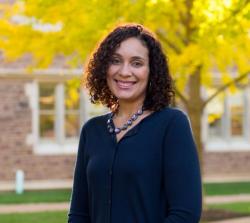

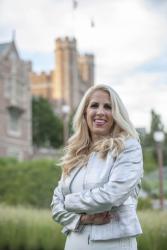


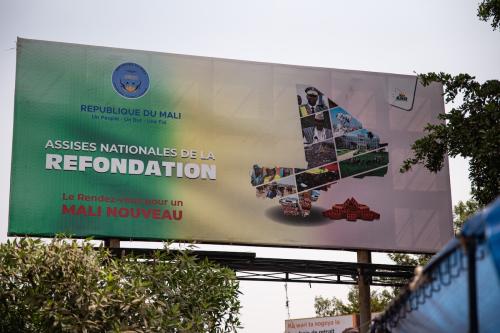
Commentary
The demographics of racial inequality in the United States
July 27, 2020